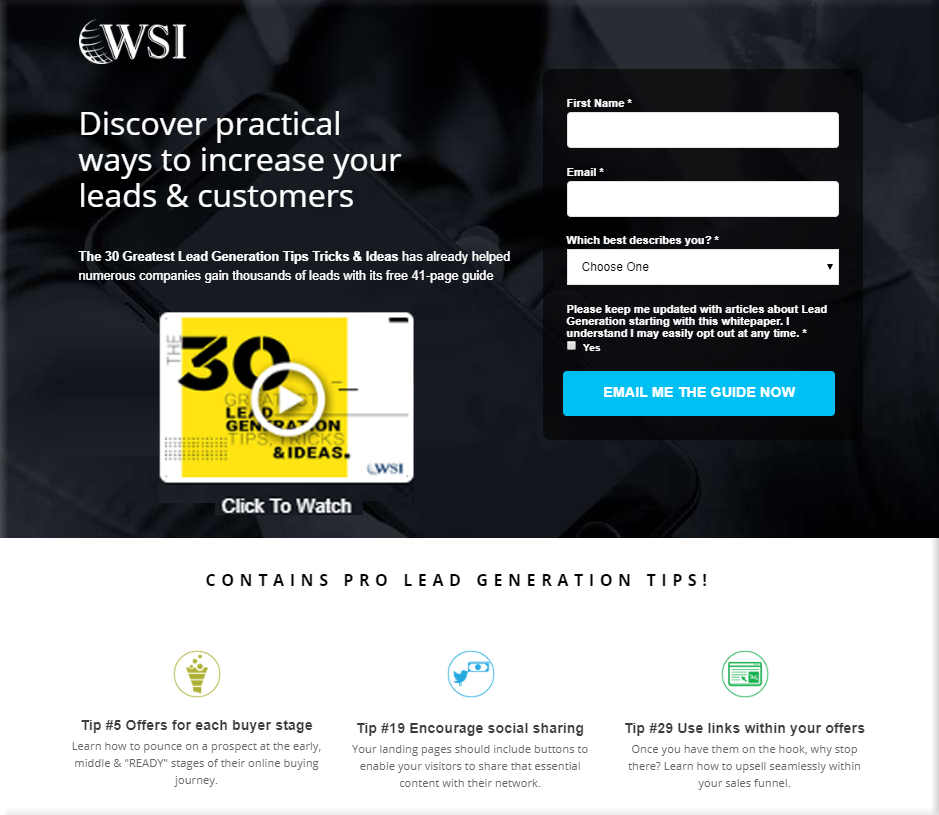Your first question might be:
“So why are we thinking that video is a good medium for communicating your marketing message in 2022?”
When it comes to marketing, we typically focus most of our attention (or at least we should 🙂 ) on developing marketing messages that empathise with your customer’s problem and shows them how your product or service can help solve that problem. However its also really important that you understand the behavioural habits of your target market so you can develop a strategy around how to reach them.

Let’s start with a few facts about video habits:
- YouTube has 2+ billion users, making up almost one-third of the entire internet. (Source: HubSpot)
- 77% of Gen Z, 75% of Millennials, 61% of Gen X, and 44% of Baby Boomers visit YouTube daily. (Source: Gl. Web Index)
- 70% of Instagram users watch video content on a daily basis. (Source: Yum Yum)
- Social video generates 12x more shares than text and image content combined.(Source: Wordstream)
- Facebook Live viewership increased by 50% in the spring of 2020 (Source: Facebook)
So Why is it that…
Only 9% of all businesses are using video? (Source Brandwatch)
The number one problem I come across is brands jumping into video production without any clear goals or plan of action
Often the focus is mis appropriately placed on the aesthetic considerations of producing a beautiful video… rather than thinking about how they should use video to get their marketing messages across.
Lets be clear – Video is not a strategy. It is a really effective channel for communicating with potential customers but it assumes we already know who we’re targeting, how our product or service can help them and why they should listen to us.
What’s important to consider is not only, how to use video but ask yourself why are you using it. Do you wish to boost brand awareness, communicate a feature of your service or simply tell your company’s story?
For a long time, video has been considered one of the more powerful tools to boost brand image. As marketers, we see the potential for video and many of us believe we have a good foothold when it comes to using the medium but how many of us really leverage video correctly when formulating our marketing messages?
Below, are 7 examples where you can use video to achieve your various business goals.
Here are 7 types of videos to build your brand, business, and bottom line.

1. The 80% Video
Think about all the questions you get asked regularly by your prospects and customers. What percentage of these would you say you answer over and over again? I bet it’s close to 80% (see where I’m going here).
The 80% video is a mashup of the 7-8 questions you get regularly. Not only will your customers welcome a video that proactively answers common questions about the product or service they are about to purchase. But, if you use a different employee to answer each question, it’s also a great way to showcase the team that will support them after they become a customer as well.
2. The Landing Page Form Video
Will I get a bunch of emails? Will someone call me expectantly? Will my contact details be shared with anyone else? These are the sorts of questions that run through the mind of someone who is contemplating whether or not they should fill out one of your online forms.

Placing a video right beside your landing page form that explains to the visitor exactly what will happen after they hit the submit button will ease friction and as a result, increase your conversion rates. Research has found that if you are upfront about your form process, you can increase your form conversions up to 80%. And, if you call the video, “See what will happen if you fill out this form” your visitors will know what the video is about and be more likely to hit the play button.
3. The Bio Video

You know you have a fantastic team. But your customers don’t know your people are special until you show them they are. The bio video allows each of your team members to put a face to their name, tell their story, and talk about how they support your customer base. These videos should be no more than 90 seconds long and make for great additions to your team’s email signatures.
4. The Product/Services Page Video
They say a picture is worth a thousand words. Well, a video must be worth a thousand pictures. This storytelling capability is why more and more marketers are enhancing the customer experience on their website with product videos. These type of videos help shine a light on the products you’re selling, dynamically showcase their features and benefits, and even demonstrate your service in action. According to a blog post by Neil Patal, entitled, Can Product Video Increase Conversion Rate? product videos can increase purchases by 144%.
5. The Cost/Price Video

This type of video provides your customers with upfront pricing details on your products or services. They help to answer any questions they may have as it relates to costs and are especially helpful if your service offering has a more complex pricing structure.
One of the critical comparisons consumers look at when evaluating which brand they want to purchase from is price. Having a cost/price video on your website is a great way to differentiate yourself from competitors who may not be as forthcoming with this information.
6. The “Claims we make” Video
Start by sitting down with your team and writing down all of the claims that you make as a company. They usually sound like this, “we’re the best this,” or “we’re the most that.” Then, highlight the claims that are similar to those of your competitors – typically 80-90% of your claims will be similar. Next, ask yourself which of your claims you have visually proven and not just stated. Lastly, create a video to showcase the claims that are unique to your company, and that you can visually confirm on screen as well. This type of video makes for a compelling brand statement. A key success criteria with this approach is making sure the the claim you make is actually solving a problem that your customer has.
7. The Customer’s Journey Video
When it comes to creating videos about our client success stories, we tend to concentrate on capturing testimonials of our clients talking about how happy they are after purchasing our product or service. Seldom do we take the time to tell the full story of the entire customer journey, from start to finish. You may think your customers don’t want to tell their story, but you’d be surprised at how many are willing to share their experience if you ask them.
At WSI we call these customer journey videos our Making A Difference story, and you can see an example of one below from one of our clients.
The key when it comes to creating videos as part of your content marketing strategy is to try not to do everything at once. It’s tempting to want to implement all seven of these videos, and you should, but start by selecting only one or two that you feel you can implement sooner than later and that will have the most impact on your brand, business, and the bottom line immediately.

Stay Connected